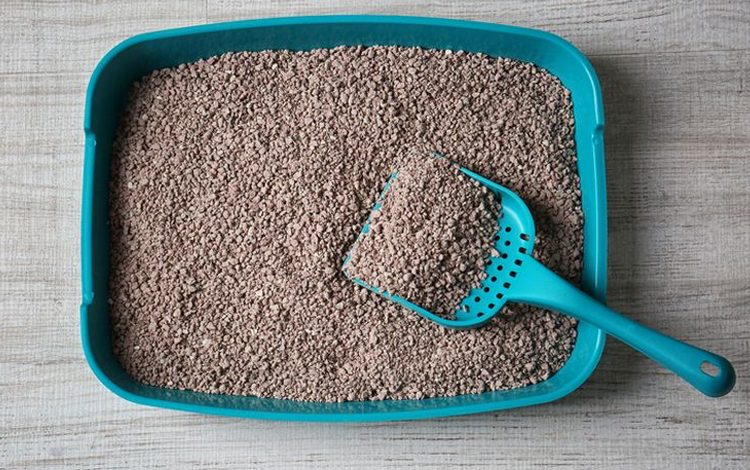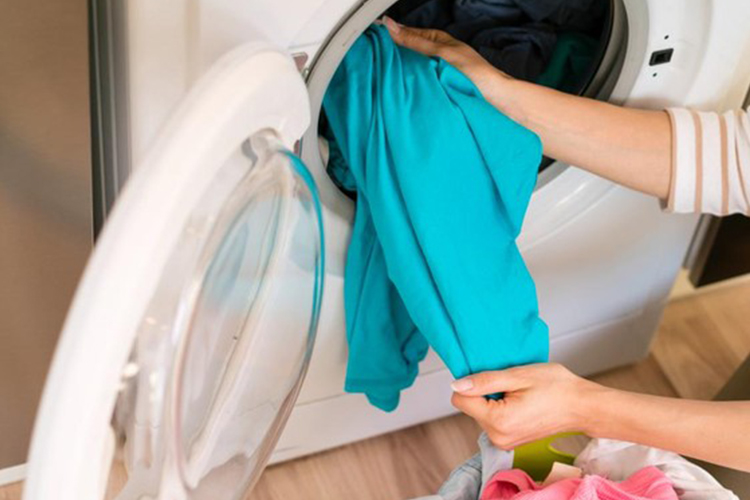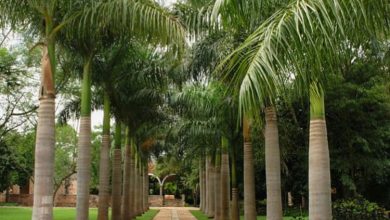The Advantages of Using Cat Litter for Plants and How to Effectively Incorporate It

If you’re a cat owner, you’re likely familiar with the need for a litter box to collect your feline friend’s waste. However, did you know that cat litter has benefits beyond its use for your cat? It can also be advantageous for your plants.
When mixed with planting media, clay-based cat litter can help retain water, prevent root rot, and provide sufficient space for aeration and drainage. In this article, we will explore the benefits of cat litter for plants and how to use it effectively.
Benefits of Cat Litter for Plants
Cat litter is lightweight and contains air pockets, which promote proper oxygen and water balance. This is essential for healthy plant root development.
Additionally, cat litter works quickly, enabling the roots to sit in a moist environment long enough for the plant to receive sufficient moisture. As long as you water the plant correctly, there is no risk of oversaturating the roots.
Also Read: Washing Baby Clothes in a Washing Machine: Tips and Precautions
How to Use Cat Litter for Plants
Before using cat litter for your plants, it’s important to note that not all cat litter is safe for plants. Scented litter and litter containing chemicals can damage or even kill plants. Additionally, never use cat litter that has been used by your cat.
To use cat litter for flowering bulbous plants, such as daffodils, lilies, and tulips, mix a light, non-clumping cat litter with soil. This helps prevent the bulbs from drying out and provides the environment they need to grow properly. It’s essential to use dust-free and non-clumping cat litter made of calcined clay to keep the soil compact while allowing room for aeration. Mix the cat litter and soil together in a large bowl before transferring the mixture to a container to reduce mess.
For succulent plants, bonsai, and cacti, it’s crucial to choose cat litter that can drain quickly. Calcined clay cat sand is an excellent soil amendment for these types of plants, as it’s less absorbent and more challenging to break down. However, too much water can lead to waterlogging the roots.
When creating a growing medium, use half well-draining cat litter, and the other half should consist of equal parts loam and horticultural grit for optimal results. If working with succulents and plants that prefer dry environments, avoid sodium bentonite clay brands, as they don’t allow for effective drainage.




